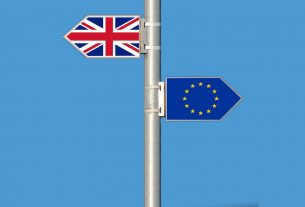The European Environment Agency (EEA) has developed land accounts that allow for assessing changes in land cover types. These changes can have environmental impacts, such as decline in biodiversity, reduced carbon stocks, or weakened capacity for food production and flood regulation.
The EEA briefing ‘’ describes the use of EEA’s Integrated Data Platform and geospatial data, such as CORINE Land cover data and Copernicus high-resolution datasets, for transparent, repeatable and efficient land accounting.
Land accounting — including harmonised datasets, transparent methodologies and easily interpretable statistics — is needed for land-related policies that aim to address climate, biodiversity or other sustainability challenges. Land accounting can show, for example, how much land has been converted to urban areas and changes in arable land or forests. In many cases, satellite data, such as those provided by Copernicus, can support the monitoring of changes in land use, the EEA briefing notes.
The EEA’s interactive land cover dashboard shows land cover stocks in Europe by country, year of observation and other parameters. The EEA’s approach to environmental accounting uses geospatial data and respects the international standards for measuring the environment and its relationship with the economy, as set out in the UN System of Environmental Economic Accounting — Central Framework.
eea.europa.eu
pixabay


















